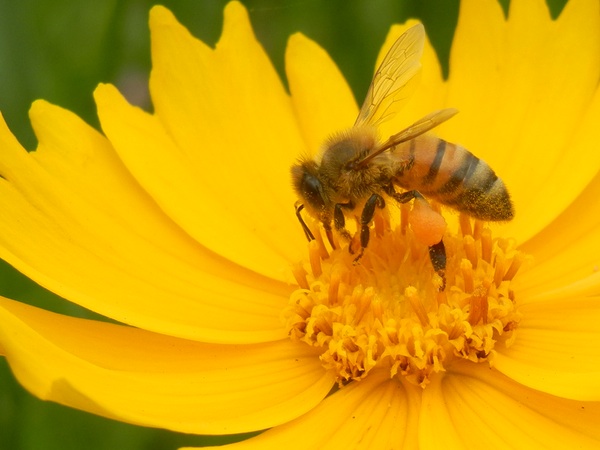A weekly summary of what I’ve been doing elsewhere on the internets. Given that this is being posted so late, suffice it to say that I went to Canberra again and I was too tired for much of anything by the end of the week.
Podcasts
- Patch Monday episode 115, “SOPA: war on the internet continues”. CNET chief political correspondent Declan McCullagh outlines the controversy surrounding the US Stop Online Privacy Act (SOPA), and Canberra correspondent Bernard Keane from Crikey positions SOPA as yet another example of what amounts to a war on the internet.
Articles
Only two articles this week — well, that were published. There’s more to come, articles that were written but not published. Both of these, though, are from the Trend Micro Canberra Cloud Security Conference.
- Today’s cloud winners: the cybercriminals, CSO, 24 November 2011.
- Want government cloud? Rethink security!, CSO, 24 November 2011.
Media Appearances
- This kinda counts as media. I was on the panel for the media140+ Digital Anonymity event, the audio recordings of which I linked to earlier.
Corporate Largesse
- On Wednesday, breakfast was provided at the Trend Micro Canberra Cloud Security Conference. That was the historic Hyatt Hotel Canberra, though not their full and rather wonderful buffet.
- Also on Wednesday, I had lunch at The Chairman and Yip, Canberra, courtesy of Datacom.
Elsewhere
Most of my day-to-day observations are on my high-volume Twitter stream, and random photos and other observations turn up on my Posterous stream. The photos also appear on Flickr, where I eventually add geolocation data and tags.
[Photo: As I walked from Bunjaree Cottages to Wentworth Falls today, most of Railway Parade was lined with yellow flowers. The bees seemed quite interested. I’m also very impressed with the detail on the bee, given this was shot on a sub-$300 camera.]


Coreopsis lanceolata?
Well spotted, thank you. It most certainly is Coreopsis lanceolata, a native to North America but a weed here in Australia.
Here’s another view.
Weeds Australia notes that it is known in the Blue Mountains in NSW. Certainly the places it’s growing — along railway tracks next to towns, and the roads nearest them — fits with its description as a plant that’s escaped people’s gardens.